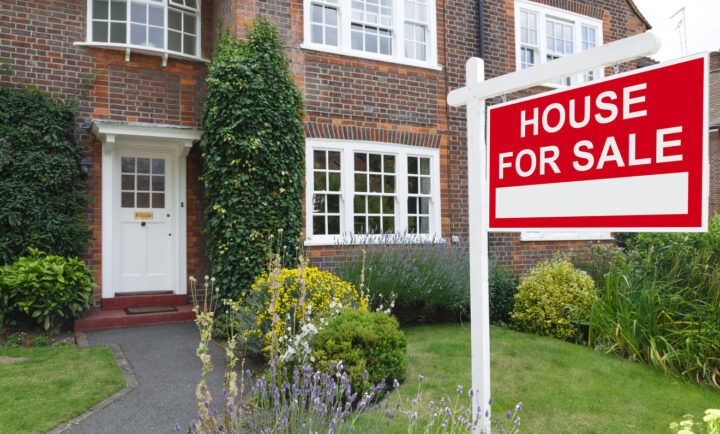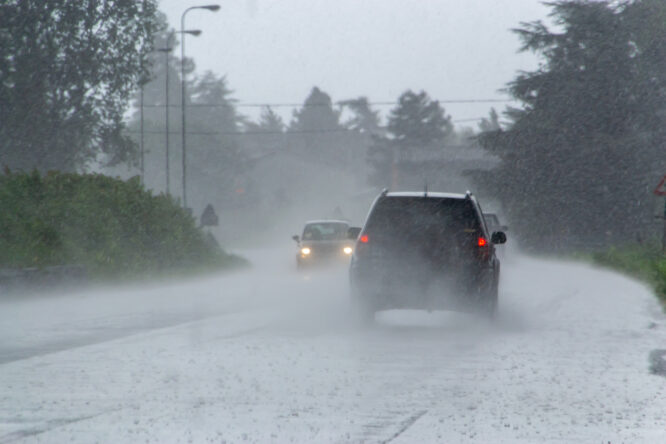Buying a house is one of the biggest decisions you’ll ever make, and it’s about more than square footage and kitchen worktops.

Where the house is located matters just as much, if not more, than what’s inside it. Before you commit to a mortgage, you need to know what it’s like to actually live in the area day to day. These are the things to look out for before you even think about signing the paperwork.
1. What the neighbourhood sounds like at different times

It might be peaceful during a weekday viewing, but that can change dramatically come Friday night. Whether it’s constant road noise, barking dogs, or a neighbour with a drum kit, you won’t know unless you check at various hours. Do a few drive-bys — morning, afternoon, and night — to get the real picture. The last thing you want is to move in and discover the area transforms after dark in all the wrong ways.
2. How the area handles traffic during peak hours

What looks like a quick commute on paper could be a nightmare during rush hour. A five-minute journey can easily turn into thirty when everyone’s trying to get to the same school, roundabout, or train station. Try driving your would-be route during the time you’d normally leave for work. It’s a simple way to check whether daily stress levels are about to skyrocket after you move in.
3. Whether there’s planning permission nearby

Nothing kills the charm of your dream home like waking up to construction noise or finding out a new development is about to block your view. Planning applications can tell you if major changes are coming that could impact your peace — or your property value. It’s worth checking the local council’s planning portal. A quick search could reveal everything from flats being built next door to a bypass planned right behind your garden fence.
4. What your actual neighbours are like

You can change your house, but you can’t change who lives next to you. Loud arguments, messy front gardens, or barking dogs may not show up on the estate agent’s brochure, but they’re part of your everyday life once you move in. If possible, speak to people already living on the street or at least watch the vibe during different times of day. You’ll get a better sense of the community — or lack of it — before you commit.
5. The local reputation of schools, even if you don’t have kids

Schools affect more than just your child’s education — they influence house prices, resale value, and even the traffic patterns around you. A high-performing school nearby can boost your home’s value, while a struggling one can have the opposite effect. Even if you don’t plan to use it, other people will care, which makes it worth checking league tables and reviews. You’ll get a clearer picture of how the area is seen by other people, and why that matters when it’s time to sell.
6. The future of public transport access

It’s easy to assume you’ll always drive, but life changes, and good public transport nearby gives you options. If the nearest train station is unreliable or bus services are sparse, that could affect both your quality of life and the value of your home. Check local council or transport authority plans to see what’s being improved, cut, or changed. Access to reliable transport makes the area more liveable, and more appealing down the line.
7. Where people actually shop, eat, and go out

Estate agents love to list “local amenities,” but sometimes what’s nearby on paper isn’t what people actually use. A row of shops might be technically close but half-empty, or the only café might shut by 2 p.m. Spend time walking around to see where people gather, how busy it is, and whether you’d actually want to go there. If it doesn’t feel inviting now, it probably won’t once the novelty of moving wears off.
8. How the area handles bad weather

Flood zones, dodgy drainage, and poorly gritted roads can turn a nice-looking neighbourhood into a headache come winter. Check flood risk maps and talk to neighbours about how the area copes with snow, storms, or heavy rain. It might seem like a small detail until you’re ankle-deep in water or sliding down an icy hill on bin day. Weather resilience isn’t exciting — but it’s essential.
9. The local crime trends (not just the stats)

Crime stats tell part of the story, but they don’t reveal the lived experience of an area. Some places have low crime on paper but still feel uneasy, while others feel safe despite the odd statistic. Speak to locals, check community forums, and trust your instincts when walking around. How a place feels matters just as much as what the numbers say.
10. Whether you’ll outgrow it too soon

It’s easy to fall for a cute flat or quiet bungalow when you’re focused on the now, but life moves quickly. A one-bed in a trendy area might not suit you five years from now if your needs shift. Think about whether this area works long term, not just for the next twelve months. Is there room to grow, parks to walk in, or enough going on that you won’t feel boxed in later?
11. How it feels to walk around at night

A place can look idyllic by day and feel completely different after sunset. Street lighting, foot traffic, and how isolated certain areas feel can all impact your comfort, especially if you walk alone or come home late. Taking a stroll in the evening might reveal things the glossy daytime viewing didn’t. Your sense of safety matters, and it’s worth testing it before you commit to living there full-time.
12. Whether the local community feels like a good fit

You don’t have to be best friends with your neighbours, but living somewhere that shares your energy makes a big difference. Some areas are buzzing with community events, others are more closed off or transient. Pay attention to window signs, local bulletin boards, or who’s actually out and about. It gives you a sense of whether you’ll feel like part of something, or always slightly out of place.




